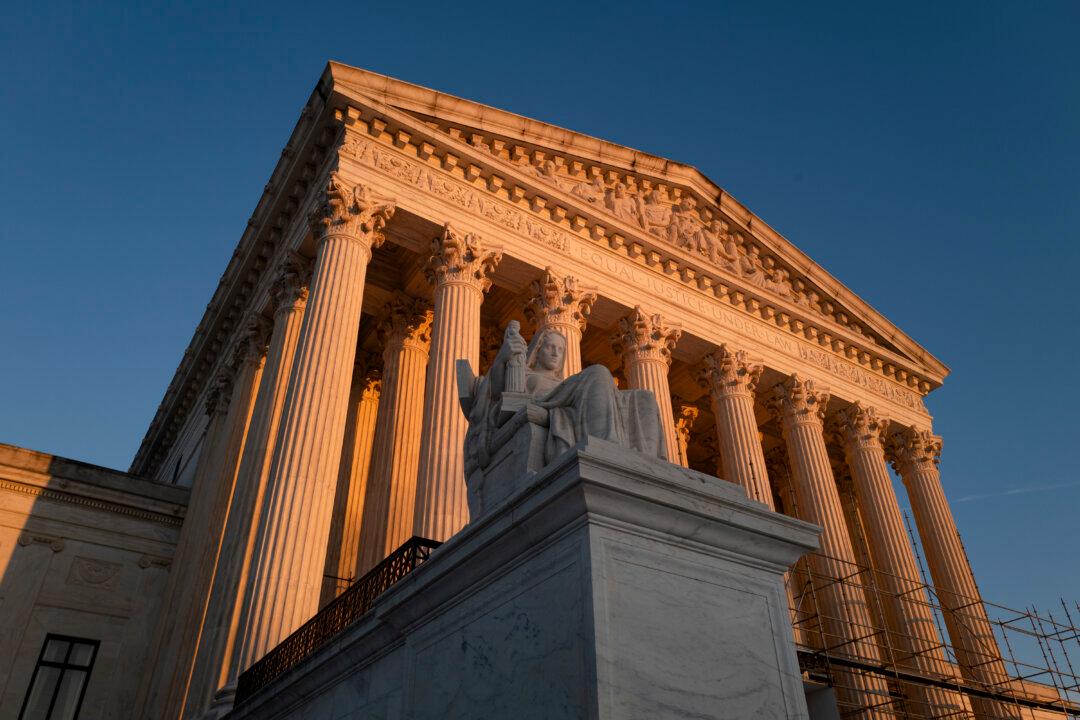A federal appeals court has upheld former President Barack Obama’s designation of a huge network of undersea canyons and mountains the size of Connecticut in waters about 130 miles southeast of Cape Cod as a national monument that’s off-limits for commercial purposes.
Environmentalist groups say the monument designation is needed to protect the natural habitat of whales, turtles, fish, and rare deep-sea corals.
“Like one of America’s very first national monuments, the Grand Canyon, the Northeast Canyons and Seamounts is a natural treasure,” Kate Desormeau, senior attorney for the Natural Resources Defense Council, told The Hill newspaper.
“Today’s decision affirms that presidents have the authority to protect marine areas like this for the benefit of current and future generations,” she said.
Writing for the majority, Judge David S. Tatel, appointed in 1994 by then-President Bill Clinton, rejected all arguments advanced by the fishermen challenging the monument designation. President Obama followed the law and applicable court precedents, Tatel said.
“Significantly for the issue before us, the Monument lies entirely in the U.S. Exclusive Economic Zone (‘EEZ’), the belt of ocean between 12 and 200 nautical miles off the nation’s coasts over which the United States exercises dominion under international law.”
The Antiquities Act of 1906 empowers the president to declare monuments on “land owned or controlled by the Federal government” to safeguard their historic or scientific value, according to the Sacramento-based Pacific Legal Foundation (PLF), which represented fishermen’s groups in the litigation.
At the end of his term, Obama declared a 5,000-square-mile area of the Atlantic Ocean to be the Northeast Canyons and Seamount Marine National Monument.
PLF argued that because the ocean is not “land owned or controlled by the Federal government,” Obama overstepped his legal authority by declaring areas long used for commercial fishing to be off-limits.
The federal statute states that the designated area must be “the smallest area compatible with proper care and management of the objects to be protected,” yet the affected area, known as the Georges Bank, is roughly the size of Connecticut.
For centuries, the Georges Bank supported lucrative fisheries, which led to the establishment of many fishing communities in New England and throughout the East Coast, according to PLF. These fisheries provide an important source of income and employment for fishermen throughout the northeast.
The ruling that was under appeal came in October 2018, by U.S. District Judge James Boasberg, who was appointed by former President Barack Obama in 2011.
“Dating back 100 million years—much older than Yosemite and Yellowstone—they are home to ‘vulnerable ecological communities’ and ‘vibrant ecosystems,’” the judge wrote.
“And, as was true of the hallowed grounds on which [former President Theodore] Roosevelt waxed poetic, ‘much remains to be discovered about these unique, isolated environments.’”
It’s unclear if the Trump administration will appeal the ruling. The Department of Commerce didn’t immediately reply to a request by The Epoch Times for comment.





